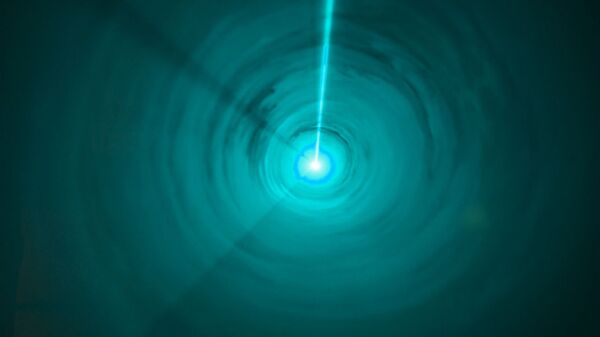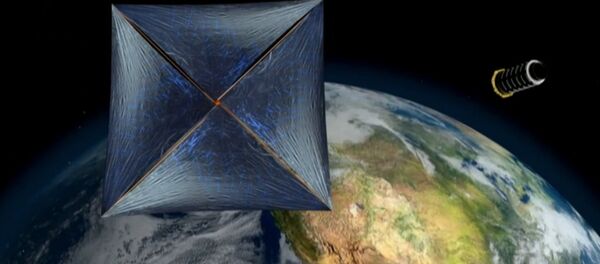According to Philip Lubin, a so-called photonic propulsion engine will enable humans to reach the stars, as it allows near-light speed travel. The project is called DEEP-IN, for Directed Energy for Interstellar Exploration, and is backed by NASA.
The idea behind photonic propulsion is explained by using simple analogies. Grab a hose and turn on the water. The reactive force pushes back. The same effect occurs when releasing an inflated balloon. Or, turn a flashlight on a wall. The waves hit the wall and bounce back.
In space there is littleto-no gravity or atmosphere to drag or push moving objects, so a propulsive force can increase to almost the speed of light. With photonic propulsion, the flashlight is an array of hundreds of lasers combining to create a powerful beam.
"You could call it a superlaser, if you will," said Lubin, "though that is not the language we use."
Current research suggests that, using this technology, a satellite of as much as 100 kilograms (220 lb) could reach Mars in three days.
"In comparison it would take a shuttle roughly a month to get there," researchers said.
According to the research team, the technology is scalable, and could be adjusted for larger vessels.
Synthesizing a powerful beam is currently a technological challenge, but, according to Lubin, development could take as little as ten years.
Lubin suggests that this propulsion technology would be used mainly to propel very small robotic missions toward the stars. "Humans are ill-fitted for interstellar travel," he says, noting that physical bodies require large amounts of resources. The smaller the interstellar spacecraft is, he stated, the higher the speed that could be achieved.


